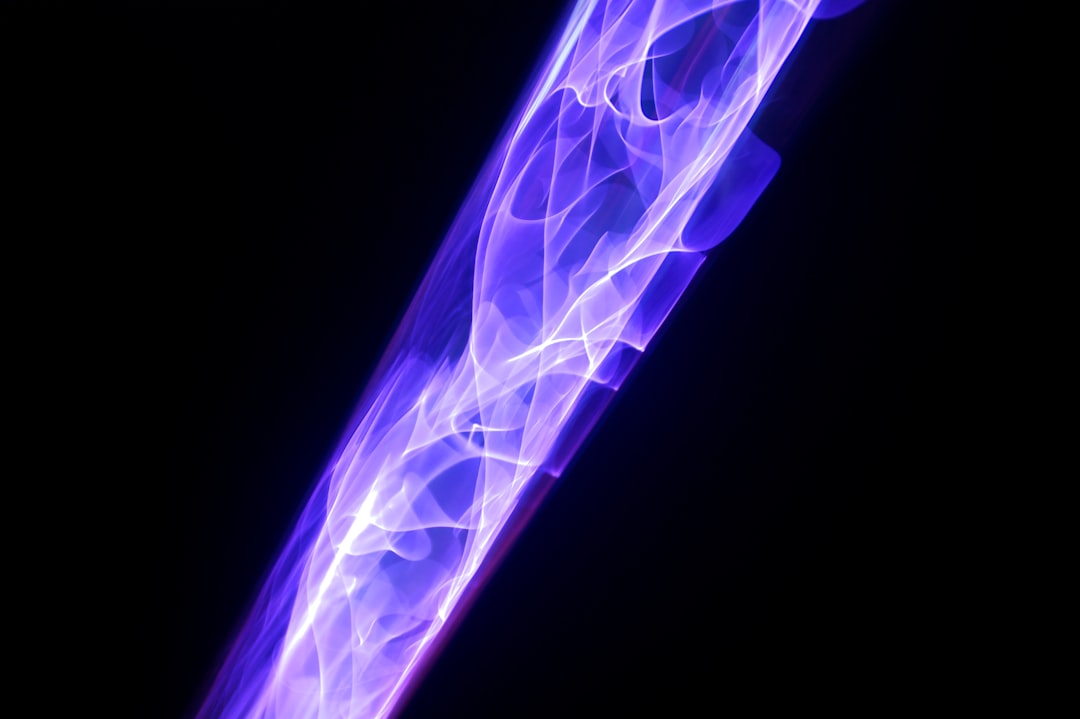What is it about?
The concept behind the research described in this article was that of marrying the ‘soft’ methods of radical generation with the effectiveness and flexibility of nucleophile/electrophile synthetic procedures. The most effective radical types for spontaneous releases of both these types of reagents were identified. The enhancement of release of phosphate anions by adjacent radical centres was an important special case. This is a contributor to DNA and RNA strand breaks.
Featured Image

Photo by National Cancer Institute on Unsplash
Why is it important?
Opens new environmentally friendly ways of making fine chemicals and pharmaceuticals. gives insights into fundamental electronic effects. Helps explain the mechanisms of DNA strand breaks and their relevance to the operation of anti-cancer agents.
Perspectives
Summarises and integrates both experimental and computational research in a new area.
Dr John C. Walton
University of Saint Andrews
Read the Original
This page is a summary of: Dissociations of free radicals to generate protons, electrophiles or nucleophiles: role in DNA strand breaks, Chemical Society Reviews, January 2021, Royal Society of Chemistry,
DOI: 10.1039/d1cs00193k.
You can read the full text:
Contributors
The following have contributed to this page










